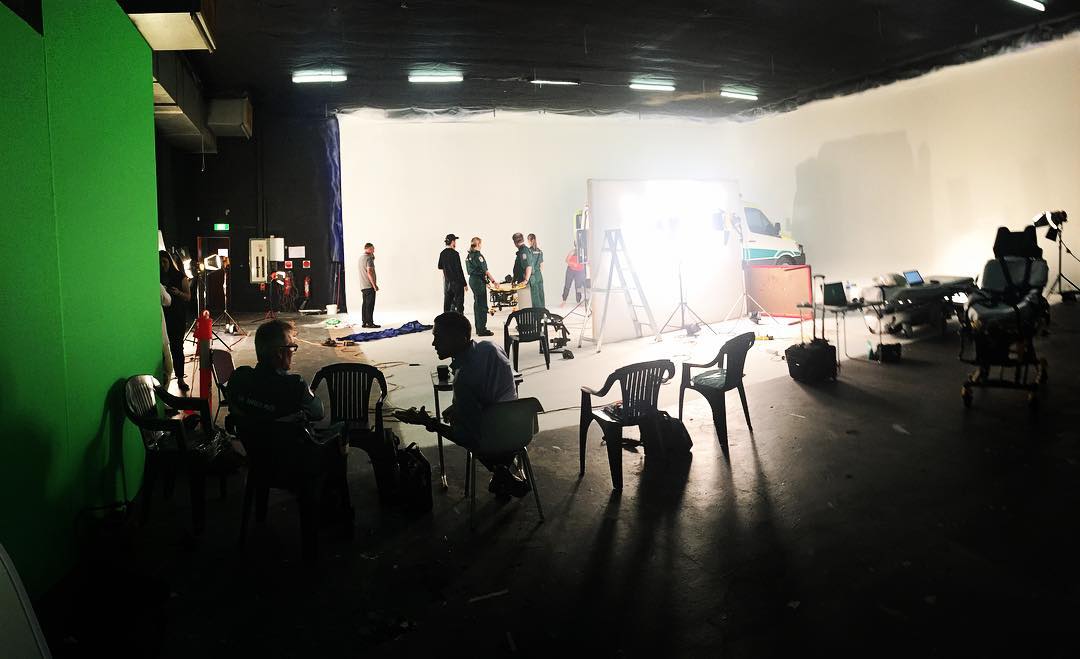There is a lot of work involved in the creation of a video. When it comes to deciding the size of your video production camera crew, what you’re really deciding on is how many experts you need to create a video that gets results. This blog will walk you through the thought process behind selecting what crew you will need.
Have a read through and find out which kind of camera crew will best suit your video project.
Single Operator Shoot
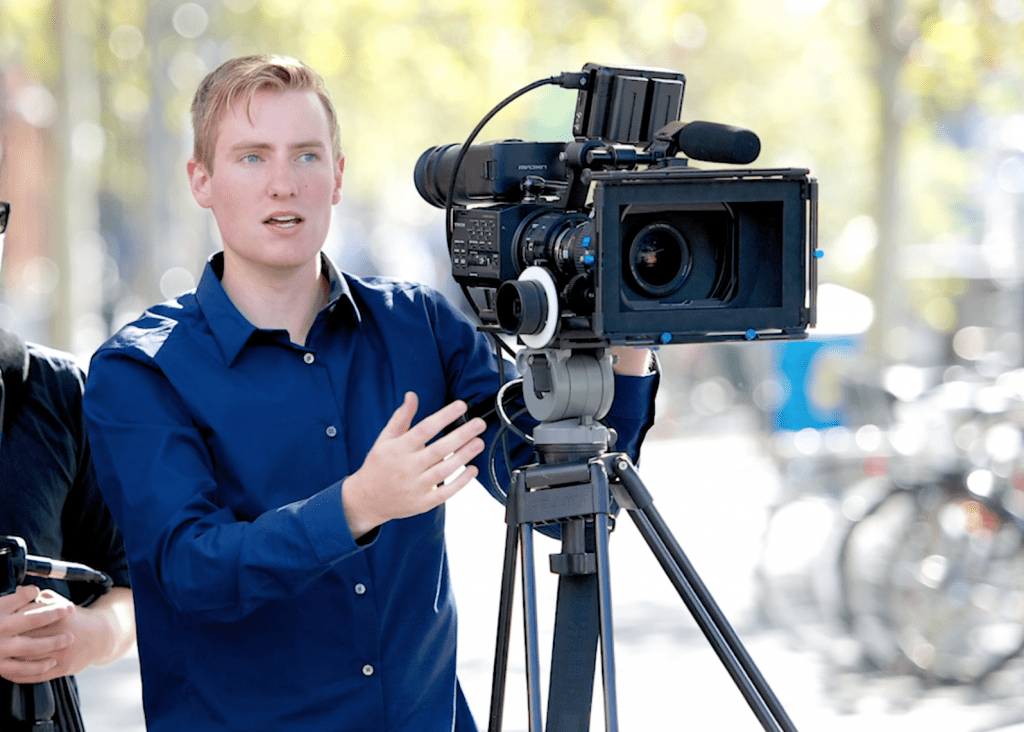
For almost all of our video work, a two person crew is the bare minimum. There is just too much to handle for one person for the majority of the shoots we do. But if your video project is something fairly simple that doesn’t require much audio, then you can get away with a single operator. In a pinch, if there is an interview to be filmed, one person can operate the camera and monitor sound, but be wary of getting an operator to do too much, this can mean trying to focus on too many things at once, meaning the quality won’t be as high.
Or, if you’re filming an interview and the budget is tight, most camera operators can also direct a simple shoot and ask questions to the interviewee. At the same time they need to make sure the subject is in focus and the audio levels are correct.
2 Person Camera Crew
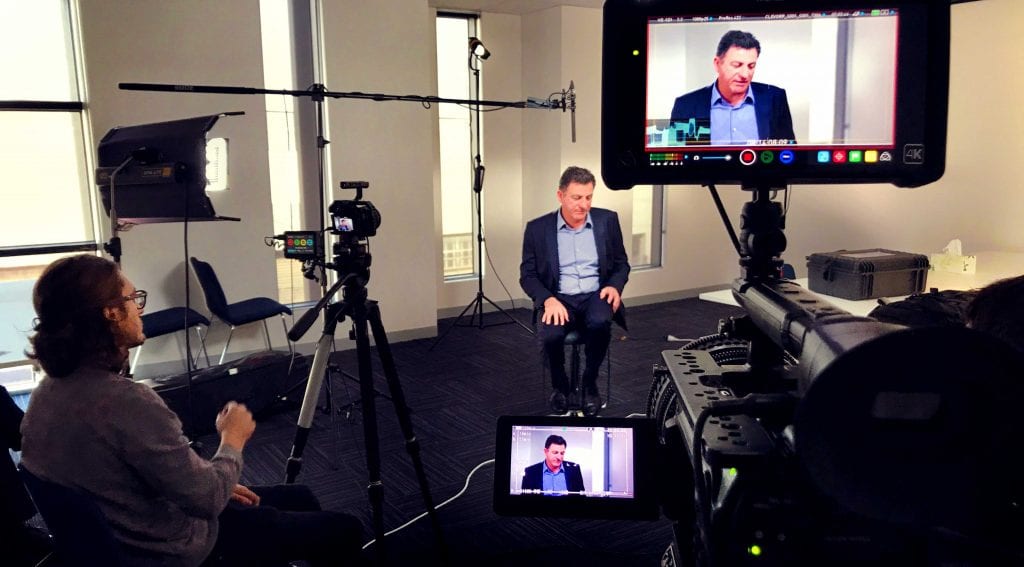
The two person crew (director and camera operator) is a great place to start for an average project based on interviews and B-roll (additional footage). It’s perfect for talking head style interviews, as two cameras can be operated, giving you options to cut between angles and give you much more room to edit.
The director can set up the shot, guide the interviewees or actors into place, and make sure everything is running to schedule, while the camera operator can set up cameras, lights and microphones and make sure everything is ready to roll.
3 Person Crew
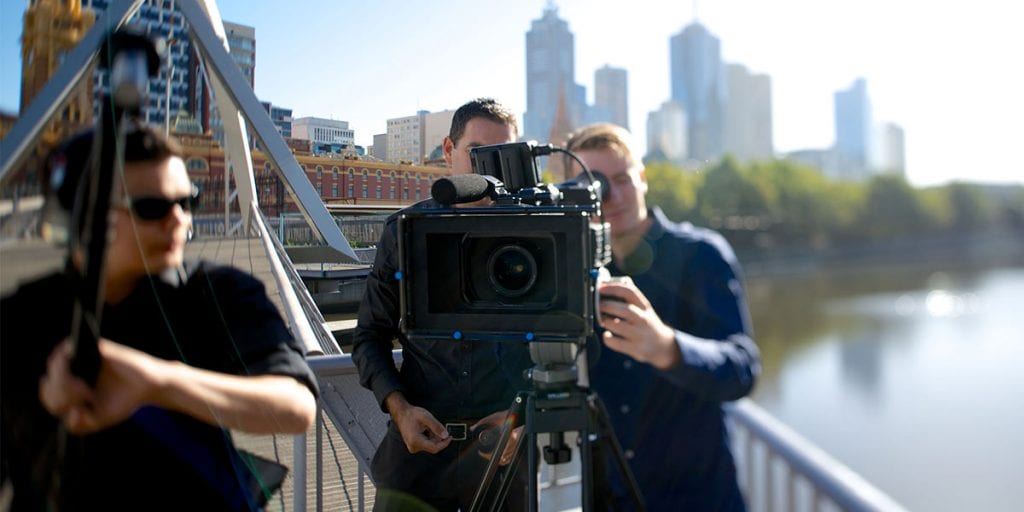
Every shoot should have a director, someone to keep everything on track and someone to defer to with tricky decisions. But it’s a great idea to have at least three crew members on set to make sure no aspect of the production is left unattended. Two focused camera operators give the editor more cutaway options and footage to work as well as less pressure for someone to monitor the shots on two cameras. If you’re looking to shoot an interview but need to ensure the shoot runs smoothly with the best possible footage, we suggest a three person camera crew. The additional member can do the odd jobs that pop up on a crew; charging batteries, moving lights, and applying make-up.
This simple setup, when edited together, adds a more sophisticated feel to your video.
And the Rest…
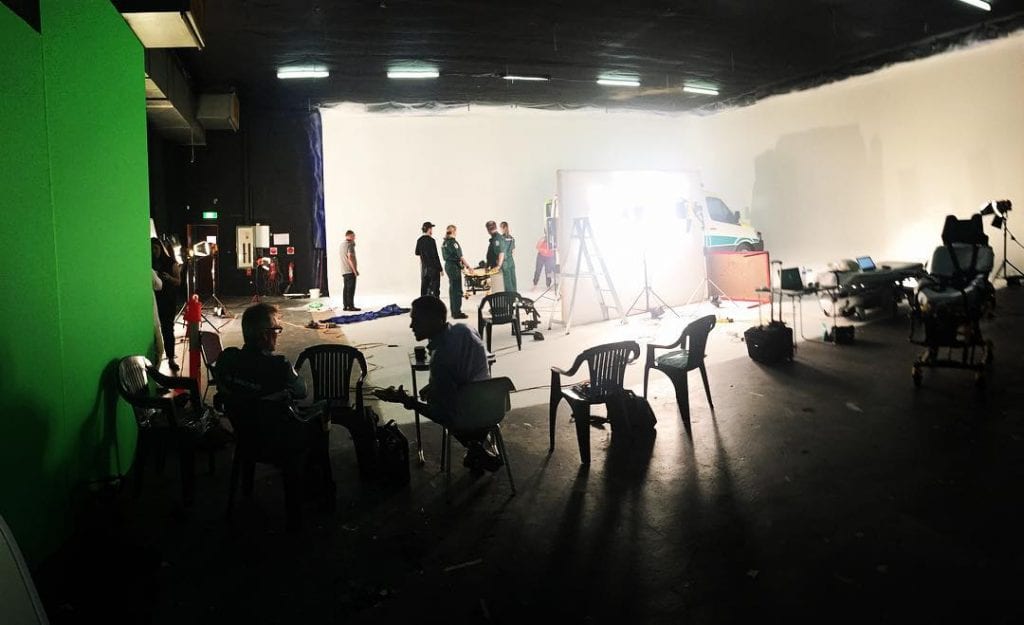
For most interviews and corporate videos, the more people on camera at once, the more camera operators you will need. For a TV interview chat with say, 4 participants, you will need at least three camera operators and a director, and the scale just gets larger as the production gets bigger. For example, a sound recordist is required if your video will feature more than 2 speakers. A gaffer (electrician and lighting expert) may be required if the filming needs a specialist shot, like large outdoor scenes or shots on a moving car. Production assistants, runners, camera assistants will all get involved as the project gets bigger and more complex.
Hopefully this will give you a brief guide as to what size camera crew you will need for your upcoming project. For more information, get in touch with us today.

Ryan Spanger is one of Melbourne’s most respected and sought-after video production professionals. Ryan founded Dream Engine in 2002, and specialises in helping medium to large corporates, government departments, and the non-profit sector to connect with their audience more effectively by using video.
